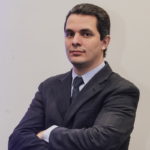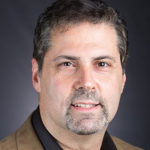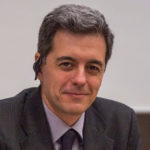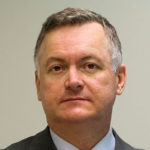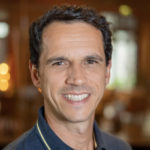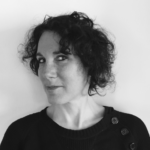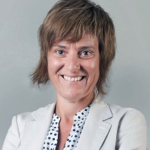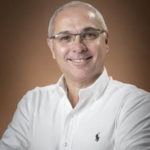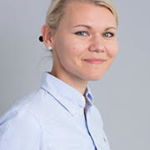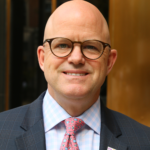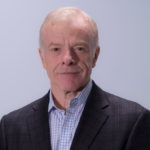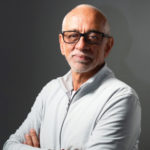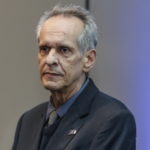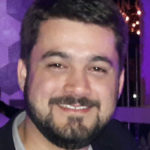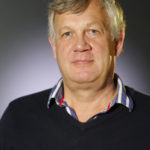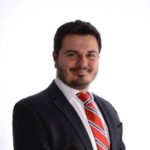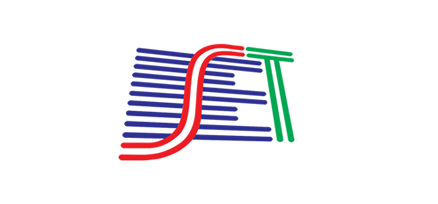
Closed caption: SET offers simultaneous translation (Portuguese / English and English / Portuguese) in subtitle format of the speakers’ speeches.
Zoom
SET is following all Zoom protocols and updates to ensure security and privacy.
To receive the certificate, you must attend all webinars.
April 6 - Monday
| Schedule | Lecture |
|---|---|
14h
|
Painel
TV 2.5: HDR, immersive audio and DTV Play on Digital TV in ISDB-TbThe so-called “TV 2.5” is the technological upgrade of Digital TV in Brazil, maintaining compatibility with existing receivers. The SBTVD Forum has concluded standardization of the new technologies that will allow an improvement in the quality of audio and video from airborne signals using HDR and immersive and customizable audio, as well as integration with new customizable services via internet (directed content, UHD, on-demand and integration with second screen devices) using DTV Play. Come and get a closer look at these changes that will transform the viewer’s experience and the industry’s business models. |
April 9 - Thursday
| Schedule | Lecture |
|---|---|
14h
|
Painel
Boosting your business with Satellite Services |
April 13 - Monday
| Schedule | Lecture |
|---|---|
14h
|
Painel
2020: the year of the rise of smart OTTsOTT video streaming services are offering business opportunities for the entire media and audiovisual entertainment ecosystem. However, the offer of an OTT service, given its innovative and disruptive characteristics, goes well beyond providing a catalog of movies and TV programs on the internet. It needs to be guided by sound strategic planning that identifies the entire technology infrastructure and the business models required for it to be successful. The year 2020 is gearing up for us to witness a fierce dispute for audiences. In this scenario, the use of professional platforms that offer analytics, business intelligence and machine learning tools will be fundamental for delivering a more personalized experience, engaging the user and ensuring higher revenues. This panel will offer insights into the strategic issues for those who can now see that the future television goes hand in hand with OTT. |
April 16 - Thursday
| Schedule | Lecture |
|---|---|
14h
|
Painel
2020: the year of the rise of smart OTTOTT video streaming services are offering business opportunities for the entire media and audiovisual entertainment ecosystem. |
April 23 - Thursday
| Schedule | Lecture |
|---|---|
14h
|
Painel
Industry ChallengesThere are many challenges facing broadcasting companies at this current moment of transformation of the industry and which extend beyond the technological environment to include consumption habits, regulation, metrics and advertisers, drastically affecting every element of the value chain supporting the current business model. The relevance of content hasn’t changed, but the monetization models surrounding content are experiencing in-depth transformation as traditional companies around the world abandon the traditional B2B relationship model with providers, advertising agencies and subscriber TV operators, for a relationship in which they offer their content directly to the final consumer, expanding and diversifying D2C models. |
April 27 - Monday
| Schedule | Lecture |
|---|---|
14h
|
Painel
PRODUCTION WITH QUALITY – EFFICIENCY, AGILITY x COST / BENEFITThe journalistic content production, entertainment, sports, and drama segments have always striven for better efficiency at lower costs. This constant search is a result of the advent of new technologies and production models. The world has just suffered the impact of a pandemic that is changing the course of recent history, forcing us to search for these solutions even more quickly and effectively. For example, we are facing a new phenomenon that involves all advertising and communication platforms: live sessions. How can we respond quickly and immediately to the needs of our stakeholders? SET has reacted rapidly by proposing to bring this debate to the present, using a webinar format to help address or search for the way forward to this new reality. |
April 30 - Thursday
| Schedule | Lecture |
|---|---|
14h
|
Painel
IP |
May 04 - Monday
| Schedule | Lecture |
|---|---|
14h
|
Painel
Cloud for M&E Industry |




